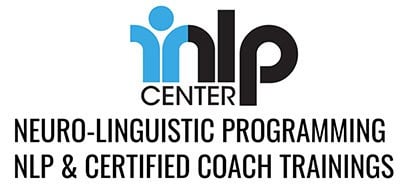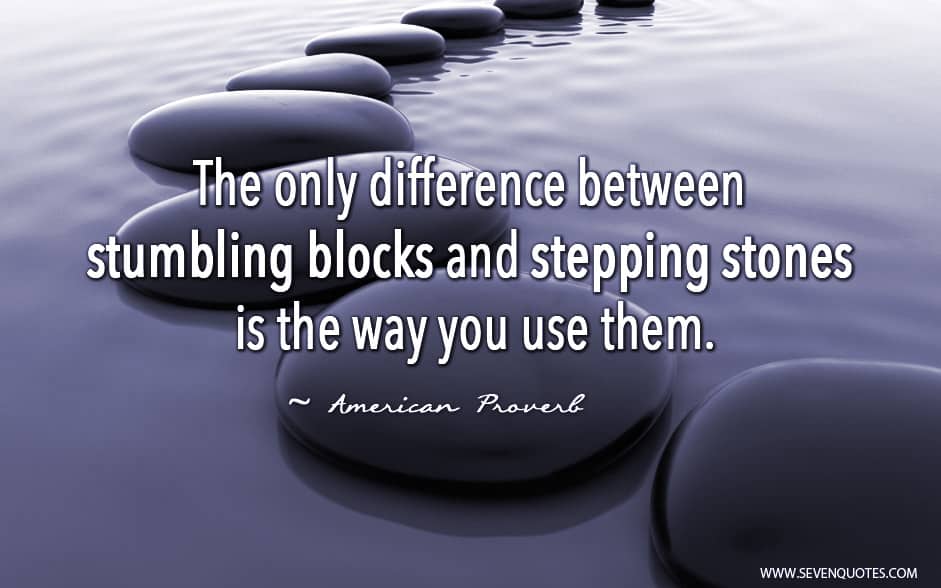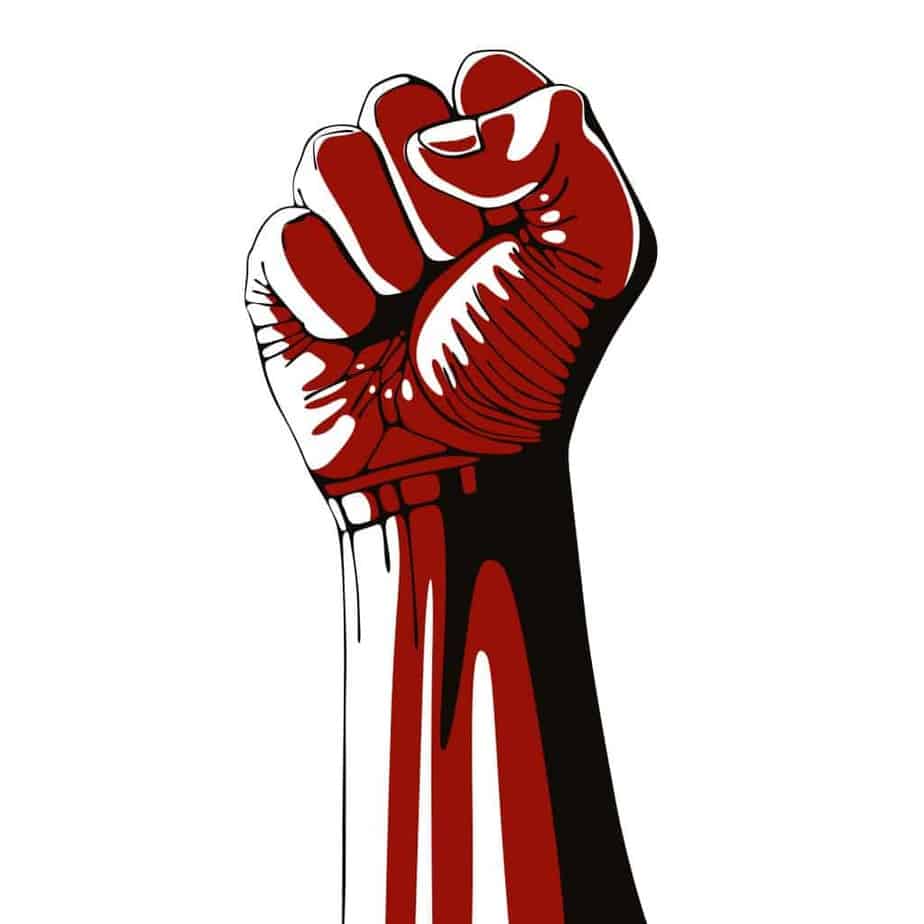Have you ever considered the life coaching phases clients go through? If you want to be successful as a coach or client, you should.
Three clear life coaching phases make up a successful life coaching process. Phase three is where the magic happens. Phase two may kill your spirits. If you’re a coach, understanding the phases may help you set your life coaching business up for success.
If you’re a client, knowing the big picture might save you from sabotaging success with your life coach.
Life Coaching Phases 1: Hope
Phase one is easy. You begin with your life coach, open-minded and hopeful. You feel like you’re going to succeed. You’re eager to move ahead and tackle problems.
Hope for a better life is the reason we all sign up for life coaching. Hope is abundant in phase one. Hoping requires no evidence, which is perfect. You don’t know you’re going to improve with coaching. You do have high hopes.
And most people do begin the coaching process well. They invest. This leads to results, which are both a good and bad thing! Phase two sheds more light on this.
Life Coaching Phases 2: The Protest
Phase two is the great life coach slayer. A small percentage of people never protest the coaching process, but most do. The protest comes as progress is made.
Here’s why: If the coaching is good, changes start to happen. You begin healing inner negativity. Limitations expand. You’ll be exploring new ways of being and integrating profound insights. A whole new world at your fingertips!
Then, the backlash.
Somewhere inside you, the conflict has been building. Old habits and older parts of your psyche activate with an impressive protest.
You have been a certain way for a long time. Deeper aspects of you prefer – and cling to – familiarity.
Your subconscious mind has a mind of its own. It will resist.
You start to get symptoms of subconscious resistance. Mysterious lack of motivation, discouragement, excuses, anger, self-criticism and all kinds of self-sabotage come to life.
You find reasons to skip your coaching appointments. You may fear success or failure. You could start to find fault with your coach. Coaching fees may suddenly appear to be expensive.
In short, you are protesting changes that are occurring – and seeking justification to put the brakes on the whole thing. Ironically, the protest is a testament to the changes. It means that coaching is working. Otherwise, there would be no protest!
The best thing to do is anticipate the protest from the start. Understand that such resistance is part of the healing process. You can say to yourself, “Aha, here is my personal protest to the great progress we’ve been making. OK. Now, to weather this storm.”
Otherwise, you are likely to believe the protest is “real” and “final” and give up on yourself.
Life Coaching Phases 3: Success and Lasting Change
If you stick with your process and work your way through the protest (with the indispensable help of your coach), you’ll begin to heal and change permanently. Phase three is where the magic happens. You’ve weathered the storm, practiced various interventions and gotten to know yourself so much better.
With time, you become stronger than your protest. This is an empowering experience. When you rise above the self-inflicted protest, there is nothing left to conquer except the world! Sadly, many clients don’t pass phase two because they don’t understand it’s temporary (although it always lasts longer than you want).
Without a big picture view, phase two becomes evidence that coaching is a failure. In reality, phase two is a sign of success.
Moral of the story: Phase two, that nasty protest, is the key to healing and success as a coach or client. If you anticipate phase two, embrace it, and weather the storm, the magic of phase three will unlock.
Interested in becoming a life coach who stands apart from the rest? Check out our online life coach certification training. Our training is accredited by ICF.



